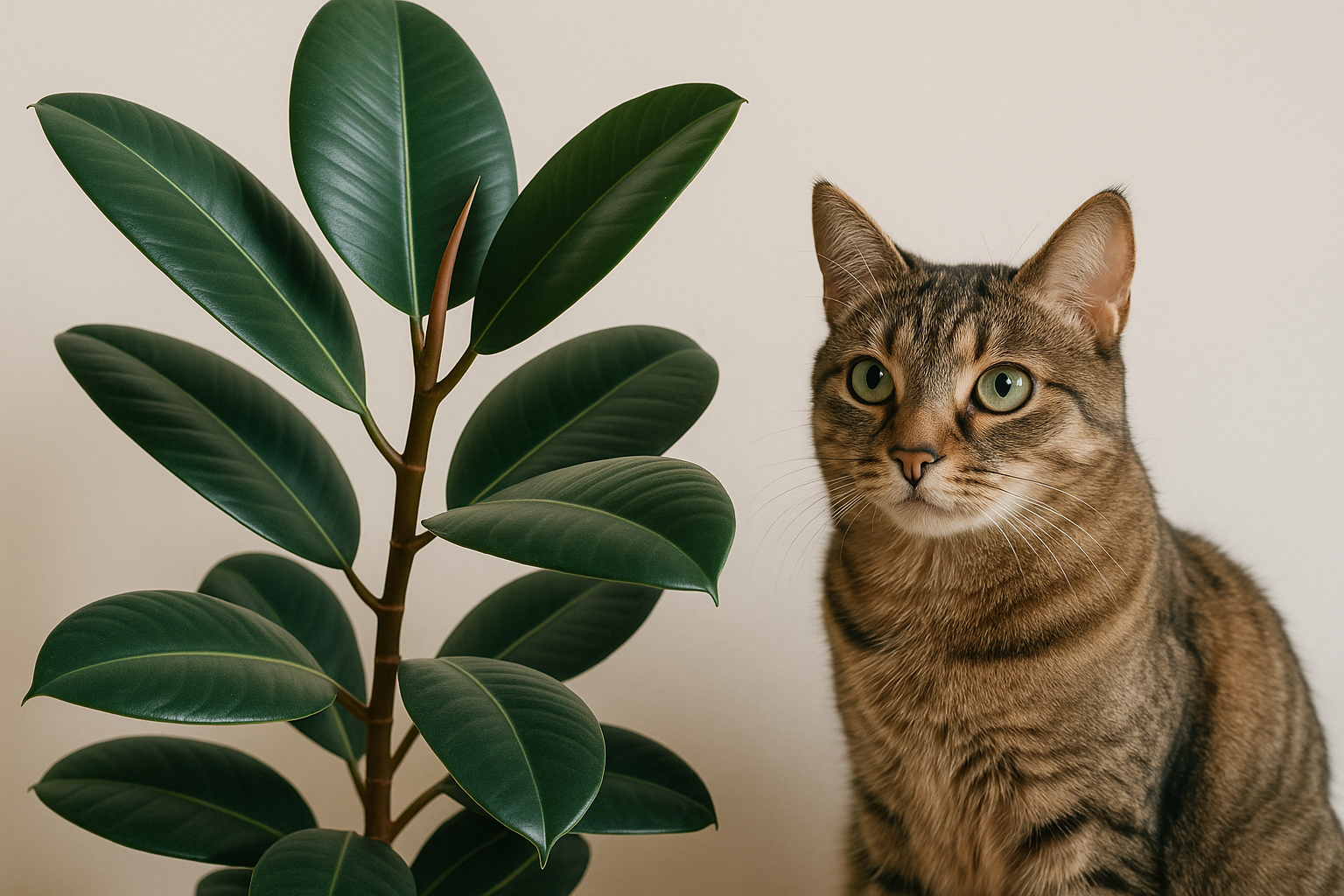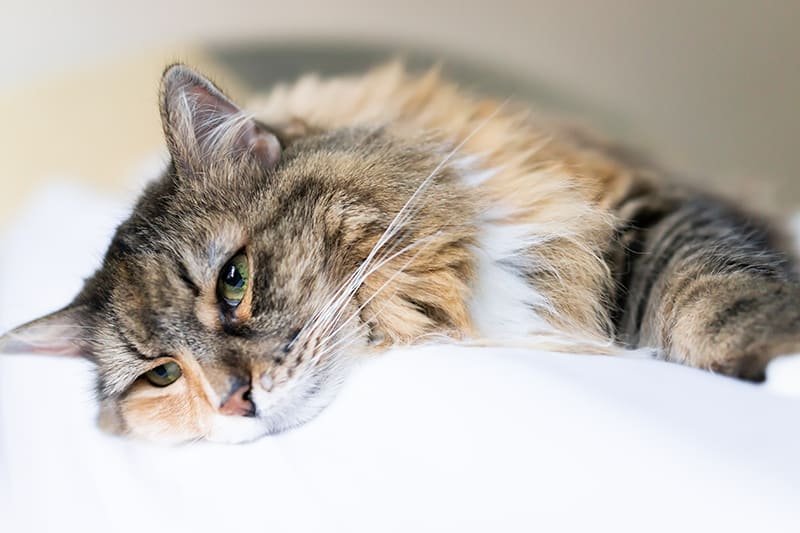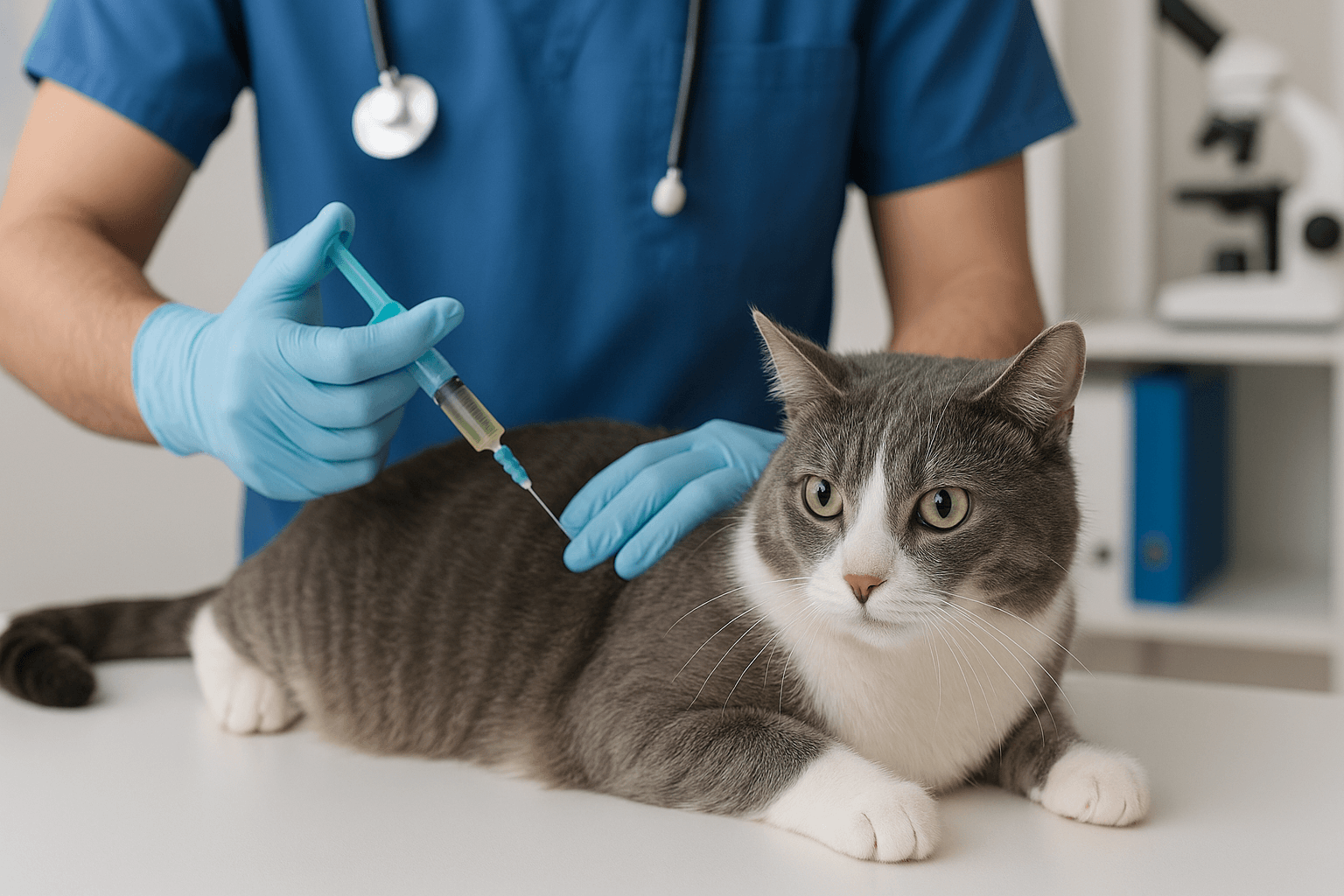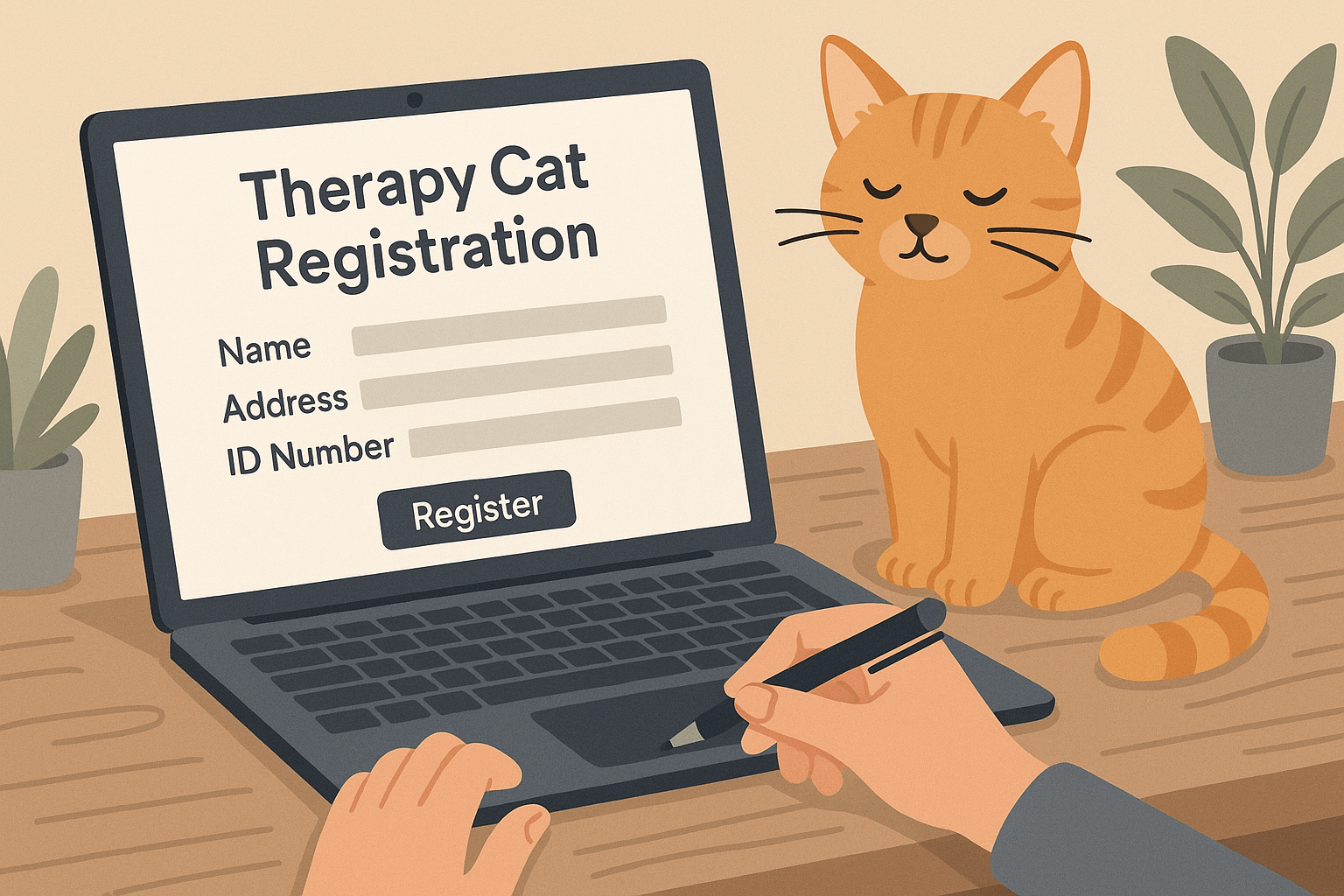Can Cats Eat Pineapple Leaves?
When it comes to feeding our feline friends, curiosity often leads us to wonder about unconventional foods—like pineapple leaves. While cats are obligate carnivores, meaning their diet primarily consists of meat, some pet owners like to experiment with safe plant-based treats. However, not all parts of fruits and vegetables are suitable for cats, and pineapple leaves are no exception. Understanding whether these fibrous green fronds are safe or harmful is essential for ensuring your cat’s health and well-being. In this blog post, we’ll explore the potential risks, benefits (if any), and alternatives to pineapple leaves so you can make informed decisions about your cat’s diet.
Potential Risks of Feeding Pineapple Leaves to Cats
Pineapple leaves may seem harmless at first glance, but they pose several risks to cats that every pet owner should be aware of. These hazards stem from the tough texture and chemical composition of the leaves.
Choking Hazard:
The fibrous and sharp edges of pineapple leaves can easily get lodged in a cat’s throat, leading to choking or difficulty swallowing.Digestive Blockages:
If ingested, the tough fibers can cause blockages in the digestive tract, potentially requiring surgical intervention.Irritation to the Mouth and Throat:
The rough texture of pineapple leaves can irritate a cat’s sensitive mouth, gums, and throat, causing discomfort or pain.Toxic Compounds:
While the fruit itself is non-toxic, the leaves contain compounds that may upset a cat’s stomach or lead to mild poisoning in large quantities.Lack of Nutritional Value:
Pineapple leaves offer no nutritional benefits for cats, making them an unnecessary addition to their diet.
These risks highlight why pineapple leaves should generally be avoided as a treat or snack for your feline companion.
What About Pineapple Fruit? Is It Safe for Cats?
While pineapple leaves are off-limits, many cat owners wonder if the actual fruit is safe for their pets. Here’s what you need to know about feeding pineapple to cats.
Moderation is Key:
Small amounts of ripe pineapple fruit are generally safe for cats, but overfeeding can lead to digestive upset due to its high sugar content.Rich in Vitamins:
Pineapple contains vitamins like vitamin C and manganese, which can provide minor health benefits when given sparingly.High Fiber Content:
The fiber in pineapple can aid digestion, but too much may cause diarrhea or gastrointestinal discomfort in cats.Natural Sugars:
Pineapple is naturally sweet, which makes it appealing to cats, but excessive sugar intake can contribute to obesity or diabetes over time.Allergic Reactions:
Some cats may have sensitivities or allergies to pineapple, so always introduce it slowly and monitor for adverse reactions.
While pineapple fruit can be an occasional treat, it’s important to prioritize a balanced, protein-rich diet for your cat.
Check this guide 👉Can Cats Eat Tulips? Best 7 Expert Tips!
Check this guide 👉Can Cats Eat Sesame Seeds? Best 7 Expert Tips!
Check this guide 👉Can Cats Eat Thyme? Best 7 Expert Tips!
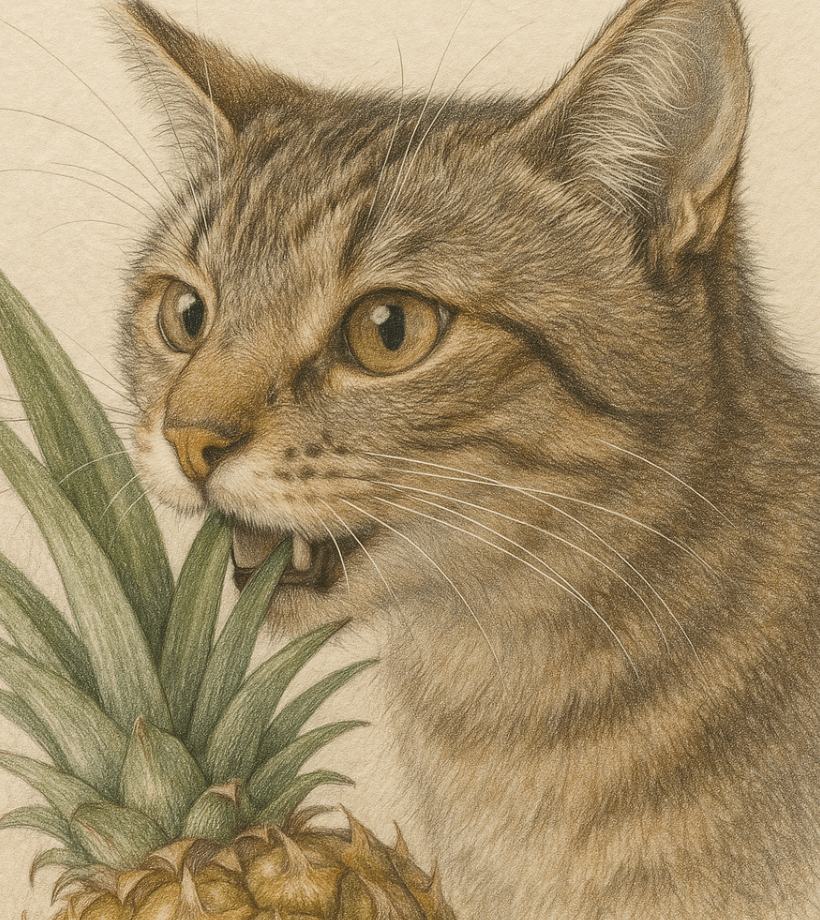
Safe Foods for Cats | Unsafe Foods for Cats |
|---|---|
Cooked chicken (boneless) | Pineapple leaves |
Plain pumpkin puree | Grapes and raisins |
Blueberries | Onions and garlic |
Watermelon (seedless) | Chocolate |
Small amounts of plain yogurt | Alcohol |
Signs Your Cat May Be Unwell After Eating Pineapple Leaves
If your cat accidentally consumes pineapple leaves, it’s crucial to watch for signs of distress or illness. Early detection can prevent complications and ensure timely veterinary care.
Vomiting or Diarrhea:
These symptoms indicate that your cat’s digestive system is struggling to process the leaves.Excessive Drooling:
Drooling could signal irritation or injury to the mouth, gums, or throat caused by the rough texture of the leaves.Lethargy or Weakness:
A sudden lack of energy may suggest internal discomfort or toxicity from ingesting the leaves.Loss of Appetite:
Refusal to eat could indicate nausea, pain, or an obstruction in the digestive tract.Difficulty Breathing:
Labored breathing may occur if the leaves cause choking or swelling in the throat.
If you notice any of these signs, contact your veterinarian immediately to assess your cat’s condition.
How to Safely Introduce New Foods to Your Cat
Introducing new foods to your cat’s diet requires caution and preparation. Follow these guidelines to minimize risks and ensure a positive experience.
Consult Your Veterinarian First:
Always seek professional advice before offering unfamiliar foods to your cat.Start with Tiny Portions:
Begin with a very small amount to observe how your cat reacts and avoid overwhelming their system.Monitor for Allergic Reactions:
Watch for signs like itching, swelling, or vomiting, which may indicate an allergic response.Avoid Toxic Ingredients:
Steer clear of foods known to be toxic to cats, such as chocolate, onions, and grapes.Stick to Cat-Friendly Options:
Focus on treats specifically designed for cats or foods that veterinarians recommend as safe.
By following these steps, you can safely expand your cat’s palate without compromising their health.
Common Mistakes to Avoid When Feeding Cats Human Foods
Feeding human foods to cats can be tempting, but certain mistakes can jeopardize their health. Avoiding these pitfalls ensures your cat stays safe and nourished.
Offering Toxic Foods:
Items like chocolate, garlic, and onions are toxic to cats and should never be shared.Overfeeding Treats:
Too many treats can unbalance your cat’s diet and lead to obesity or nutrient deficiencies.Ignoring Portion Sizes:
Even safe foods can harm your cat if given in excessive amounts. Stick to tiny portions.Assuming All Fruits Are Safe:
Not all fruits are cat-friendly; some, like grapes, can cause kidney failure.Neglecting Veterinary Advice:
Skipping a professional opinion can result in unknowingly harming your cat with inappropriate foods.
Avoiding these mistakes ensures a healthier and happier life for your feline companion.
Alternatives to Pineapple Leaves for Curious Cats
If your cat shows interest in nibbling on plants, there are safer alternatives to satisfy their curiosity without risking their health.
Cat Grass:
Available at pet stores, cat grass is specifically grown for felines and provides a safe outlet for chewing.Edible Cat Toys:
Toys infused with catnip or made from edible materials can redirect their chewing behavior.Herbal Treats:
Certain herbs, like mint or parsley, are safe for cats and can serve as flavorful snacks.Plain Vegetables:
Steamed carrots or green beans (unsalted) are safe and nutritious options for curious cats.Commercial Cat Treats:
Specially formulated treats cater to your cat’s taste preferences while meeting their nutritional needs.
These alternatives allow you to indulge your cat’s curiosity while keeping them safe.
Understanding Your Cat’s Natural Instincts Around Plants
Cats are naturally drawn to plants and grasses, even though they’re obligate carnivores. Understanding their instincts helps explain this behavior and guide your actions.
Dietary Curiosity:
Cats may nibble on plants out of curiosity or boredom, especially if they lack variety in their diet.Gastrointestinal Relief:
Some cats chew on grass to induce vomiting or relieve digestive discomfort.Teething Behavior:
Kittens and young cats may chew on plants to soothe sore gums during teething.Nutrient Seeking:
Though rare, cats may instinctively seek trace nutrients found in certain plants.Playful Exploration:
Cats use their mouths to explore textures, and plants provide an intriguing sensory experience.
By recognizing these behaviors, you can better address your cat’s needs in a safe and controlled manner.
Frequently Asked Questions About Cats and Pineapple Leaves
Are pineapple leaves toxic to cats?
While not highly toxic, pineapple leaves can cause choking, irritation, and digestive issues, making them unsafe for cats.
Can cats eat the fruit part of pineapple?
Yes, small amounts of ripe pineapple fruit are safe, but it should only be given occasionally due to its high sugar content.
What should I do if my cat eats pineapple leaves?
Monitor your cat closely for symptoms like vomiting or difficulty breathing, and consult your vet if you notice any issues.
Are there safer alternatives to pineapple leaves?
Yes, cat-safe treats like cooked chicken, plain pumpkin, or small pieces of watermelon are better options.
How can I stop my cat from chewing on plants?
Provide cat grass or toys to redirect their chewing behavior, and keep harmful plants out of reach.
Prioritizing Your Cat’s Health When It Comes to Pineapple Leaves
While pineapple leaves might seem like an interesting addition to your cat’s diet, they pose significant risks that outweigh any potential benefits. Instead, focus on providing safe, nutritious treats that align with your cat’s dietary needs. By staying vigilant and informed, you can ensure your feline friend stays healthy and happy. Remember, when in doubt, always consult your veterinarian before introducing anything new to your cat’s routine. After all, your cat relies on you to make the best choices for their well-being—and a little caution goes a long way in keeping those curious whiskers wagging.
Is the Rubber Tree Cat Safe? Best 7 Expert Tips! Discover expert advice on keeping rubber plants safely in cat-friendly homes and learn top tips for pet-safe plant care.
Low Red Blood Cell Count in Cats: Best 7 Expert Tips! Discover causes, symptoms, and treatment options for feline anemia. Learn how to support your cat’s health effectively with expert advice.
Understanding Megacolon Treatment: Best 7 Expert Tips! Discover effective strategies to manage feline megacolon, from dietary changes to surgical options, ensuring your cat’s comfort and long-term health.
How to Register a Therapy Cat: Best 7 Expert Tips! Discover essential steps to certify your cat as a therapy animal, prepare them for training, and make a meaningful impact in therapeutic settings.

